Vizcaya Bridge straddles the mouth of the Ibaizabal estuary, west of Bilbao. It was designed by the Basque architect Alberto de Palacio and completed in 1893. The 45-m-high bridge with its span of 160 m, merges 19th-century ironworking traditions with the then new lightweight technology of twisted steel ropes. It was the first bridge in the world to carry people and traffic on a high suspended gondola and was used as a model for many similar bridges in Europe, Africa and the America only a few of which survive. With its innovative use of lightweight twisted steel cables, it is regarded as one of the outstanding architectural iron constructions of the Industrial Revolution.
The Vizcaya Bridge can be seen as a culmination of iron working practices in the Basque area. The local iron seams were mined in Roman times; from 13th -16th century iron was exported to France and the Low Countries from as many as 300 Basque ironworks. And by the 18th century Basque iron was being used as agricultural implements for colonising new lands in South America. At the end of the 19th century, the ironworks were at the peak of their output with the adoption of new production methods disseminated by the industrial revolution. A dense array of iron and steel works and shipbuilding were developed around the mouth of the River Ibaizabal and Bilbao was the most important industrial, mining, commercial shipping and financial centre in Spain. Around 12 million tons of goods, mainly iron ore and iron products, were exported each year along the three miles of the River Ibaizabal to the port on the Bay of Biscay. Industry developed all along the river on its west bank towards the estuary.
Towards the end of the 19th century, as the population increased, the right bank of the estuary was colonised for housing. This brought the need for transport across the mouth of the river for people moving from where they lived to where they worked and to link the railways on both banks. This link could not interrupt the dense shipping traffic in the river.
Many solutions were considered; it was architect, Alberto de Palacio who developed the idea of a cable reinforced transporter bridge, making use of the lightweight twisted steel rope cables newly invented by Ferdinand Arnodin. This allowed a bridge to be built on flat land without the need for ramps and created a structure that did not have to be raised and lowered to allow the passage of ships.
The iconic nature of the bridge was recognised at the time. De Palacio said that it should endow the estuary with a ‘elegant and grandiose aspect' and be proof of the ‘extraordinary wealthy Bibao mining area'.
The bridge was opened on 16 June 1893. It has operated continuously since apart from during the Spanish Civil War.
The memorial is positioned around the base of an old crane on the wharf:
http://www.bbc.co.uk/blogs/wales/posts/Wales-and-the-refugee-children-of-the-Basque-country
http://www.bbc.co.uk/news/uk-england-hampshire-19439627
http://www.basquechildren.org/
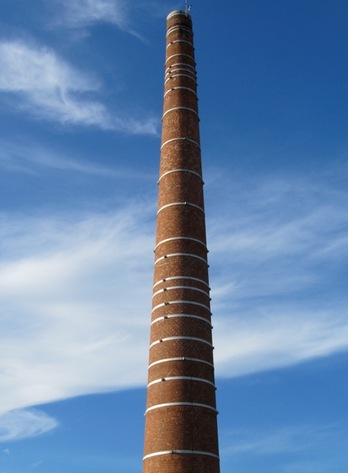
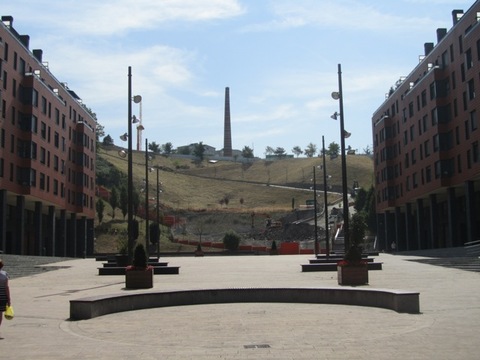
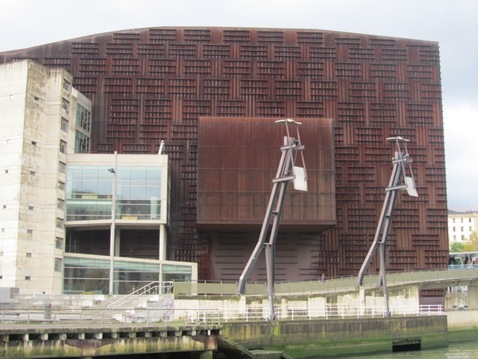
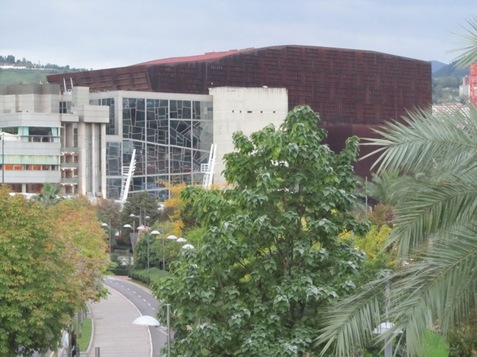
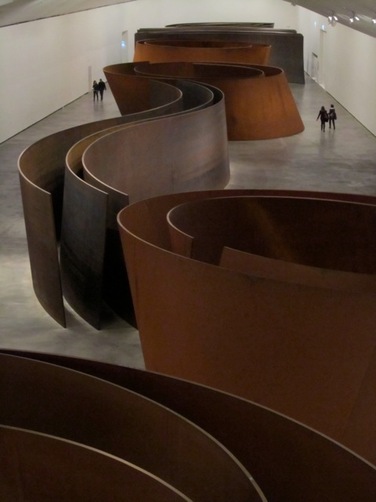
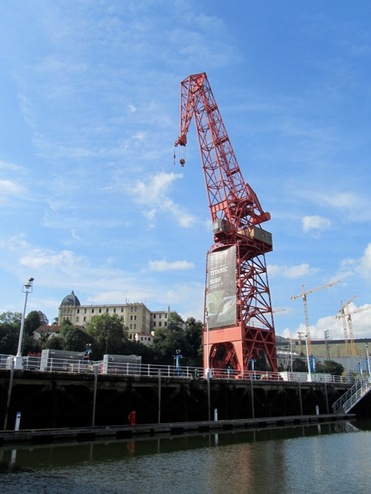
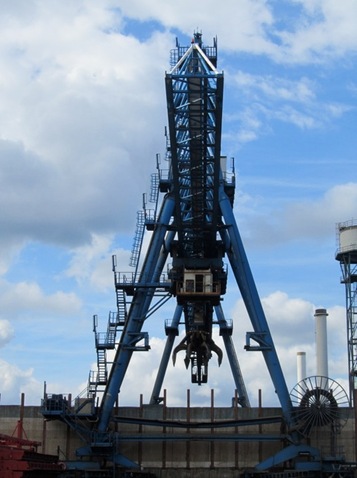
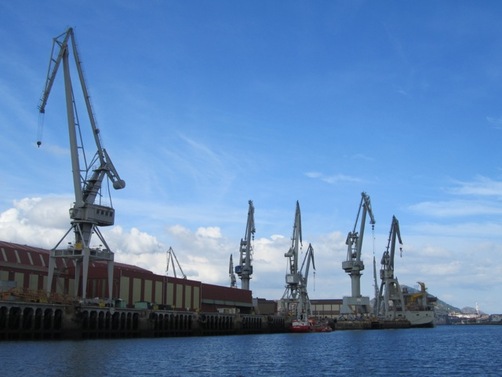
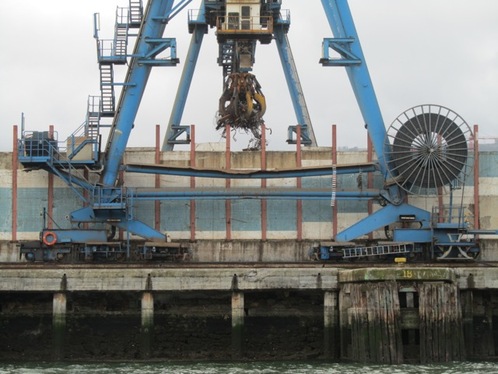
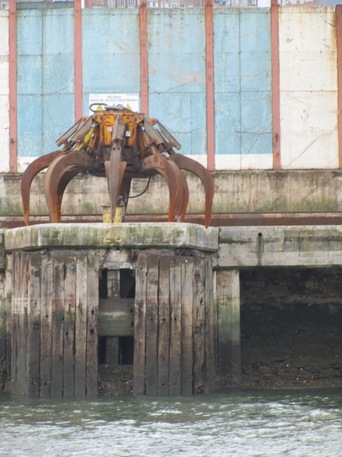
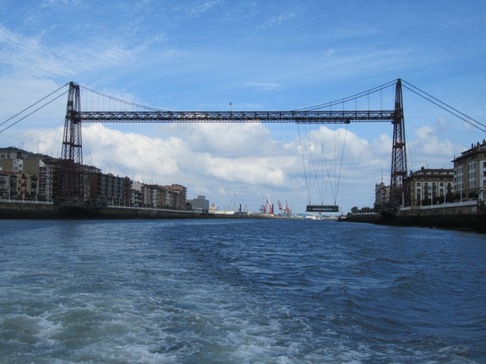

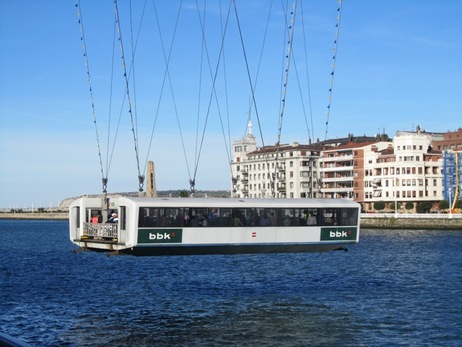
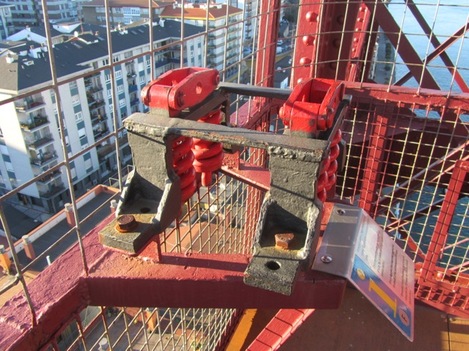
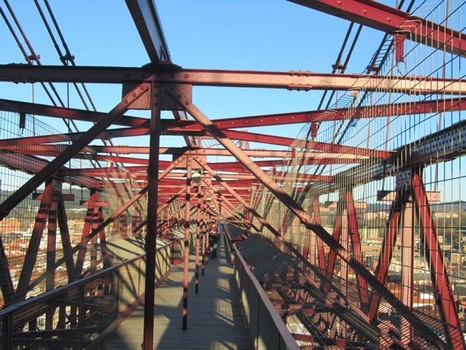
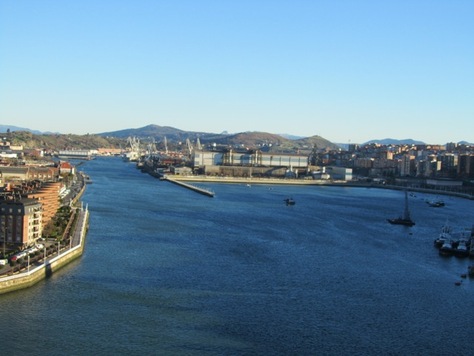
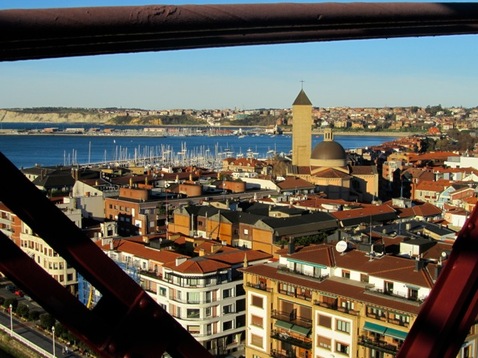
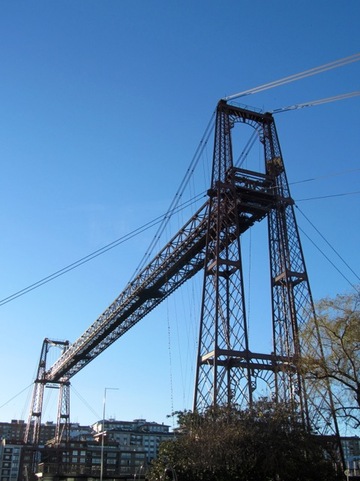
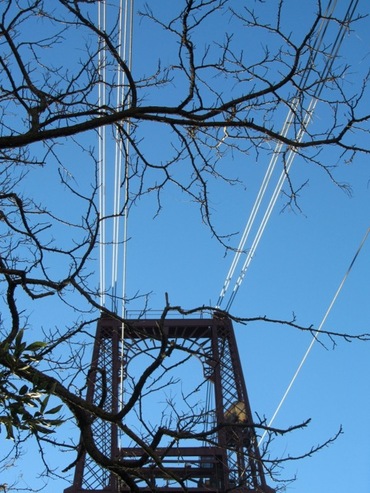
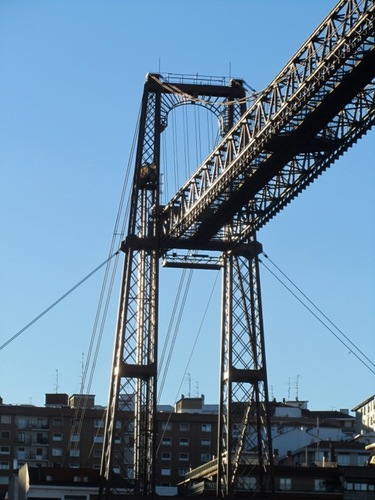
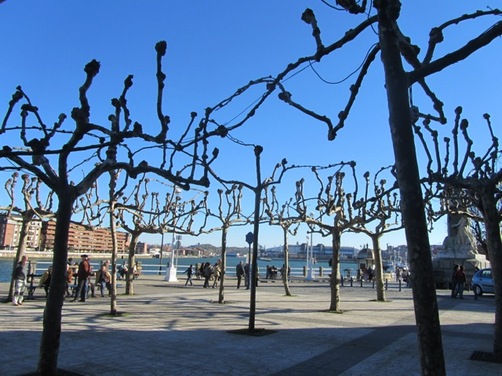

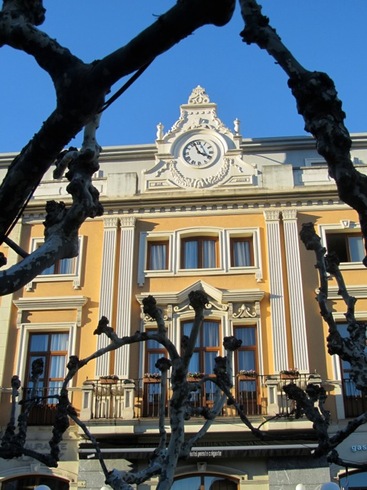
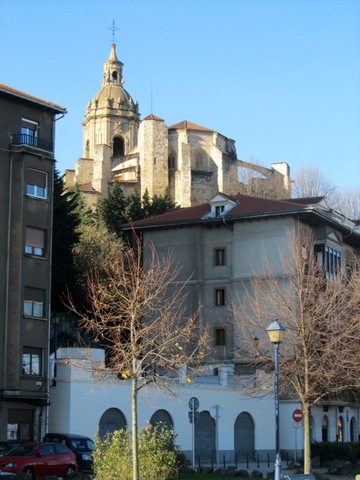
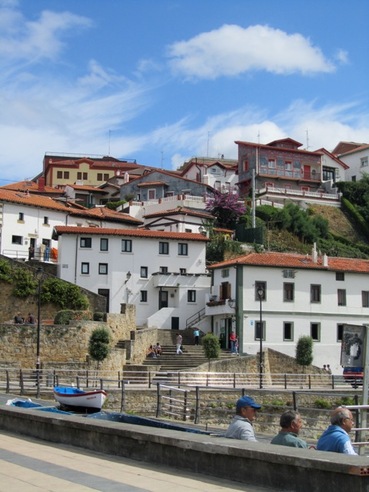

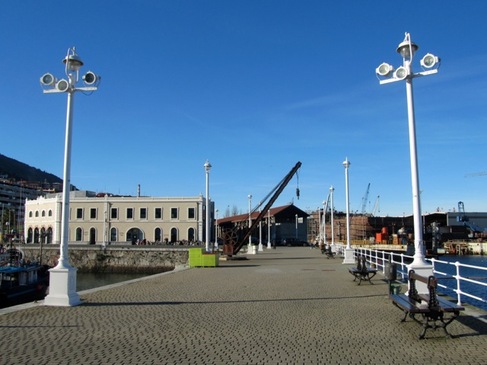
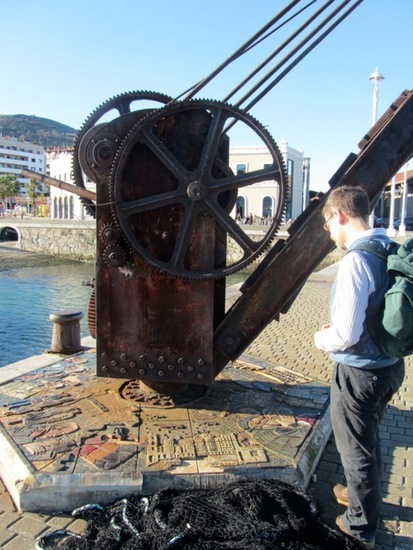
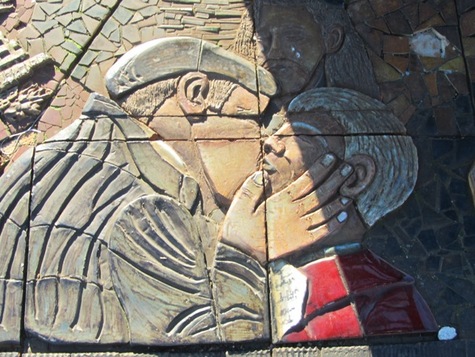
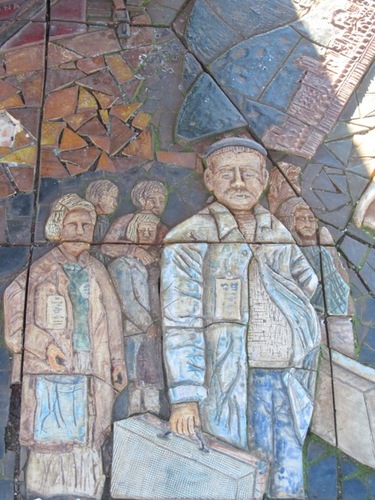
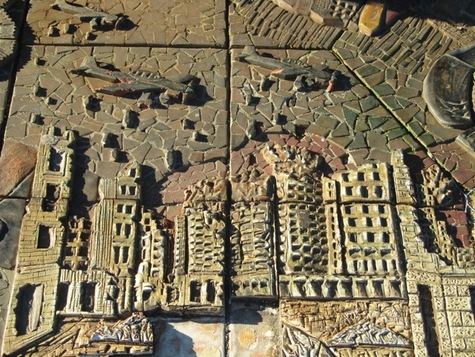

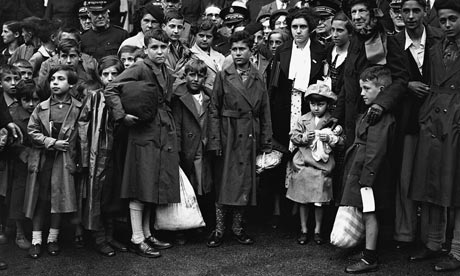
 RSS Feed
RSS Feed